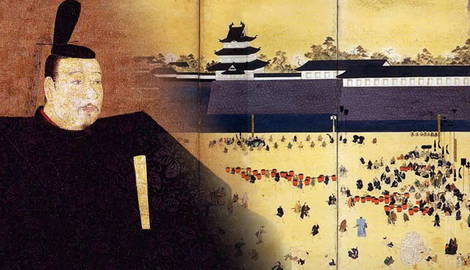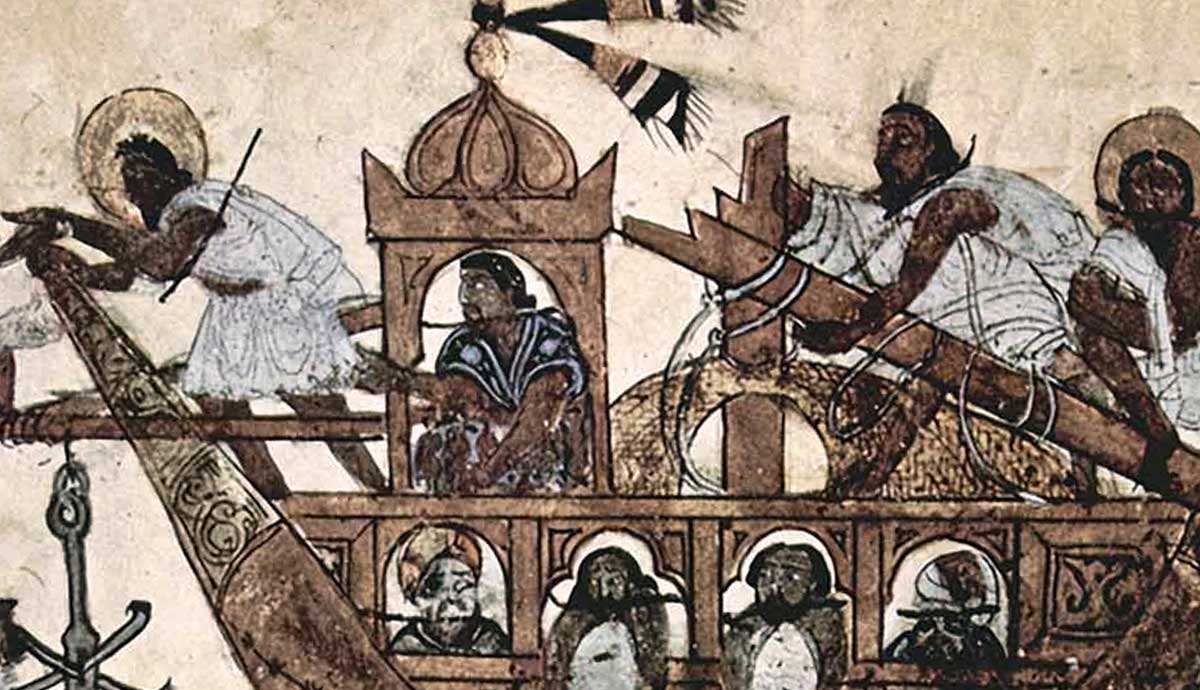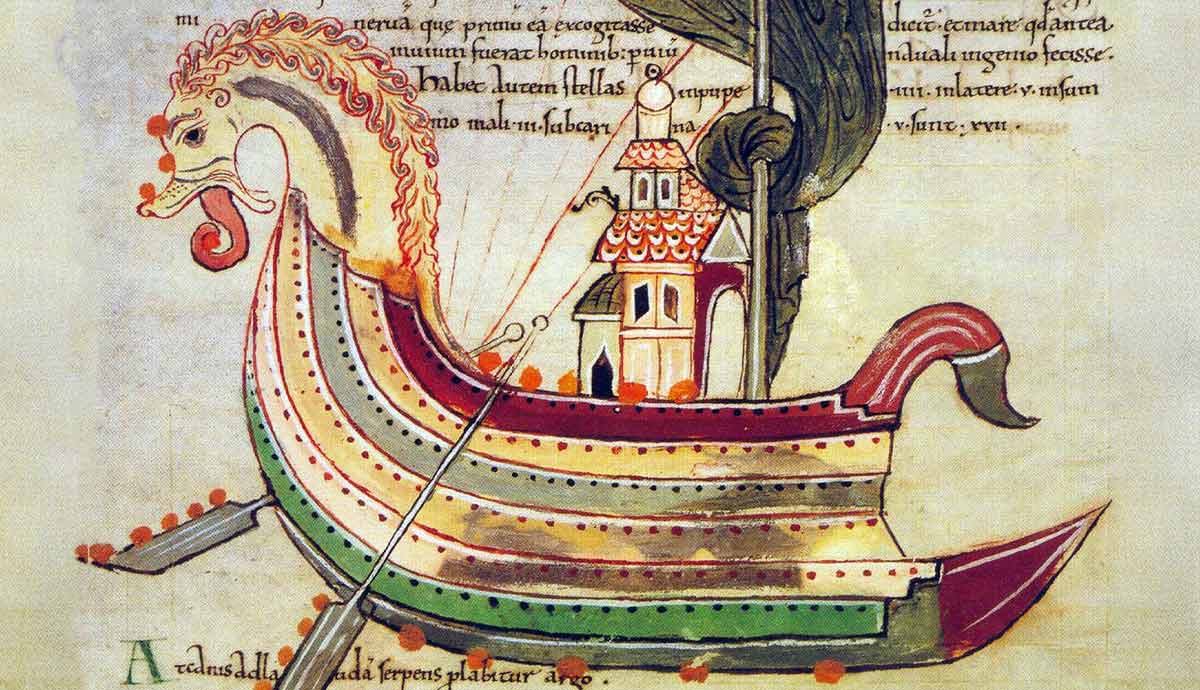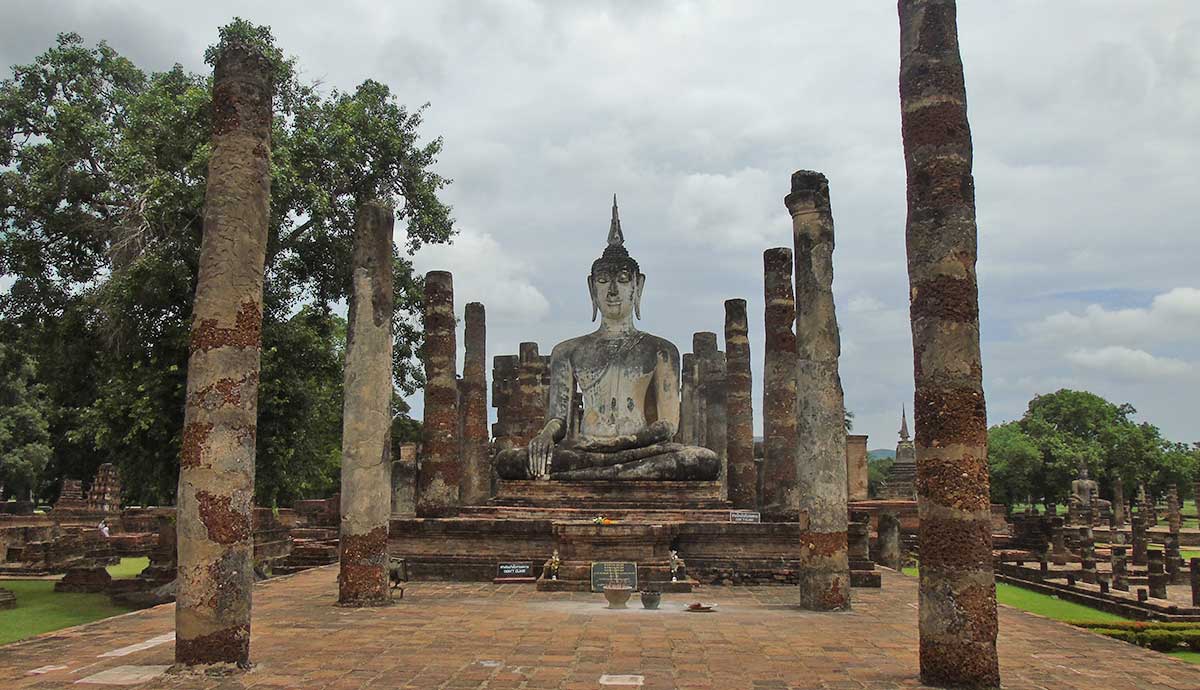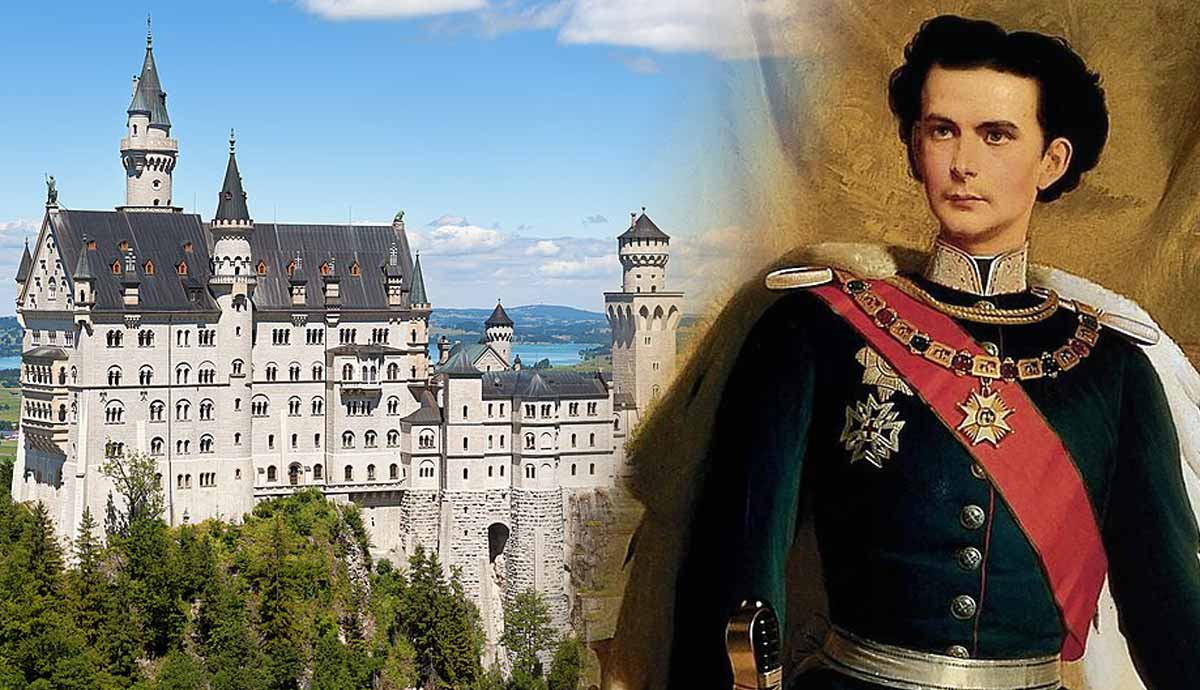
Japan’s Bakufu, or military government, began in 1192 with Minamoto Bakufu and ended with the Tokugawa Bakufu’s fall in 1868. The Tokugawa Bakufu fell on this date, restoring Imperial rule under the young Emperor Meiji. During nearly seven centuries, Japan changed dramatically from feudalism, social change, conflicts, and outside forces seeking trade or contact.
What Does the Word Bakufu Mean?

The word bakufu means “tent government” and is used interchangeably with the term shogunate. This feudal-style government, led by the Shogun or military ruler, made Japan’s Emperor a figurehead. The country’s real power lay with the Bakufu and its military. But no Shogun overthrew the Throne as their rule notionally came from the emperor’s power.
Why Did the Bakufu Rule Japan Instead of the Emperor?

The samurai rule over the emperor happened gradually, not with one swoop. As Imperial rule faltered around the 12th century, the daimyo, or nobles, assumed local power. The samurai pledged their loyalty to the daimyo in return for economic or political favors. Different factions started to clash, leading to the 1185 Genpei War. The victors, the Minamoto clan led by now Shogun Minamoto Yoritomo, founded the first bakufu – the Kamakura Bakufu. No Shogun would overthrow an Emperor, a descendant of Amaterasu, the Sun Goddess.
How Did Kamakura Bakufu Change Japan?

The Kamakura Bakufu (1185-1333) consolidated power by solidifying the feudal system. With the Emperor’s consent, Yoritomo became the first Shogun or military ruler. With the Shogun, all real military and political power rested. The shift from the Imperial Court to the Shogun marked the first great change. The Bakufu resided in Kamakura near today’s Tokyo and took its name.
With peace came prosperity under the new Bakufu rule. Japanese merchants traded with China or Korea, exchanging goods like gold and lumber for silk, books, and medicines. Buddhism’s influence reached far after 1185. Buddhism’s focus on discipline and concentration appealed to the samurai.
When Did the Ashikaga Bakufu Take Over?

The Ashikaga Bakufu ruled from 1336 to 1573. Its predecessor, the Kamakura Bakufu, fell in 1333 from financial distress and internal politics. Defending Japan against the Mongols in 1274 and 1281 created deep money woes. The end came with Emperor Go-Daigo’s successful 1333 revolt. His reforms ended in 1336 when a supporting clan, the Ashikaga, under Takauji Ashikaga, defeated the emperor’s forces. Their clashes started with allotments of land and power.
The Ashikaga Bakufu’s time is noted for two Imperial Courts. The Northern Court, created by Ashikaga Takauji in Kyoto, crowned a new emperor from the Imperial family. His nemesis, Emperor Go-Daigo, established his own, the Southern Court. This “rebel” court lasted until their 1392 surrender to Shogun Ashikaga Yoshimitsu.
What Is the Ashikaga Bakufu Noted For?

After its founding, the Ashikaga Bakufu Era created a cultural rather than political change. This cultural era, the Muromachi Period, lasted well past the Ashikiga. Easy-recognizable cultural institutions, such as Noh drama or architecture, developed, adding their richness to Japanese history. The Bakufu propagated and supported Buddhism, supporting Buddhist temples and thus spreading its influence.
Who Established the Tokugawa Bakufu?

Tokugawa Ieyasu established this last of the Bakufus (1603-1868) in 1603 after defeating all his opponents. Tokugawa would also be probably the most determined Shogun. His victory ended the decades-long Sengoku Era, or “Warring States.” These daimyo, Emperor, and even monk-led conflicts had wracked the entire country, ending the troubled Ashikaga Bakufu.
What Changes Did the Tokugawa Bakufu Make?

By 1630, Ieyasu and his descendants enacted radical events that changed Japan, unlike the Shoguns. First, political control was tightened, and the samurai class was affected. Many slowly became administrators instead of warriors. Next, in 1630, Tokugawa’s son banned Christianity, kicking priests out of Japan and massacring or exiling any Japanese Christians who resisted over several decades.
Finally came Sakoku, or “closed country,” which banned all foreigners, usually Europeans, after 1620. Only the Dutch, Chinese, and Koreans remained as traders. Even then, the Bakufu kept a strict watch on their activities. Even Japanese who settled abroad were refused. The Tokugawa Shogun feared outside influences, seeing how the Europeans split China and other countries.
The Tokugawa tightened their grip further with sankin-kotai, or “alternate attendance.” The Bakufu required daimyo families to live alternate years in Edo, the capital. The families remained as hostages in the capital. Forced to spend money on two estates, the Bakufu hoped to prevent revolt.
Why Did the Bakufu Era End?

The Meiji Restoration of 1868 ended the Bakufu period. A bad economy and the 1853 visit by Commodore Perry’s “Black Ships,” cracking Japan’s isolation with treaties, damaged the Bakufu. Seeing a chance after so many years, Emperor Meiji and his followers struck. The last Tokugawa Shogun resigned in 1869, officially ending nearly 700 years of Bakufu rule.
